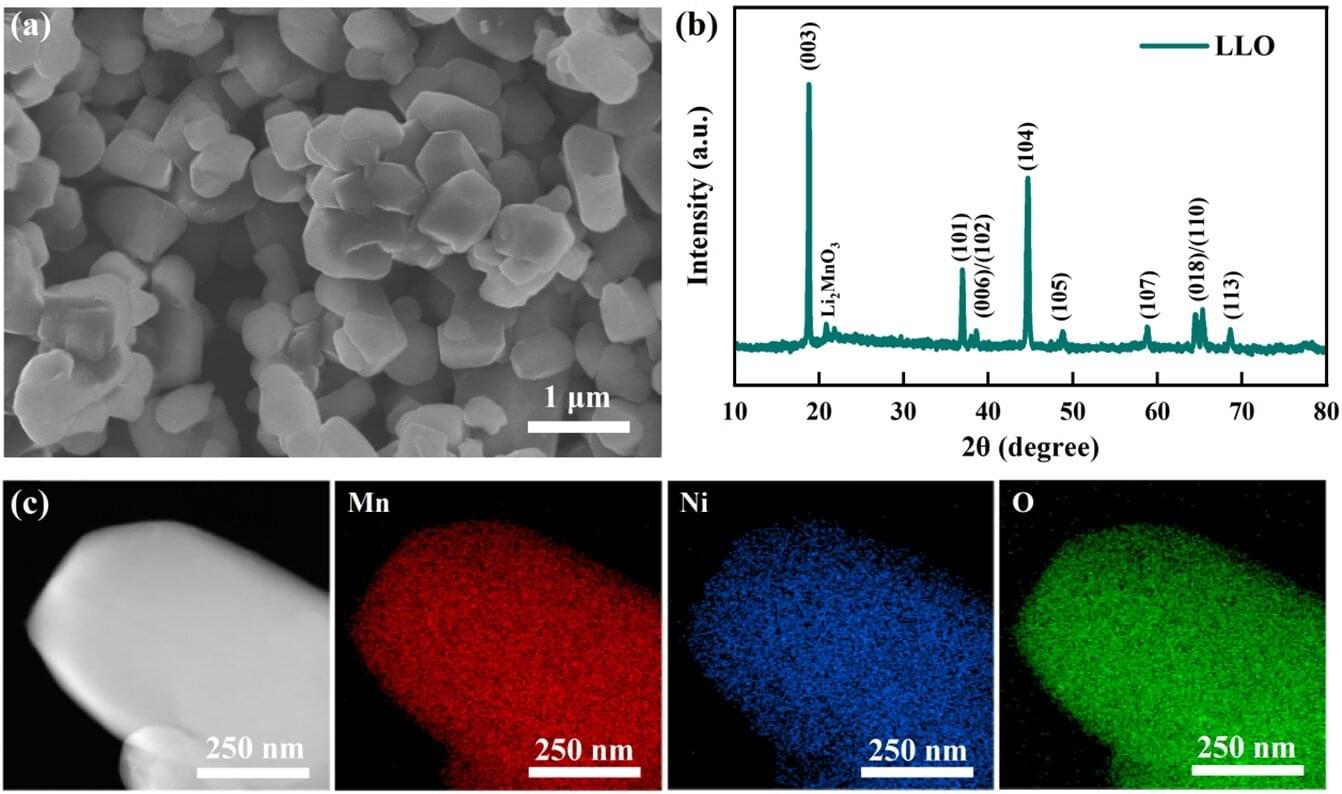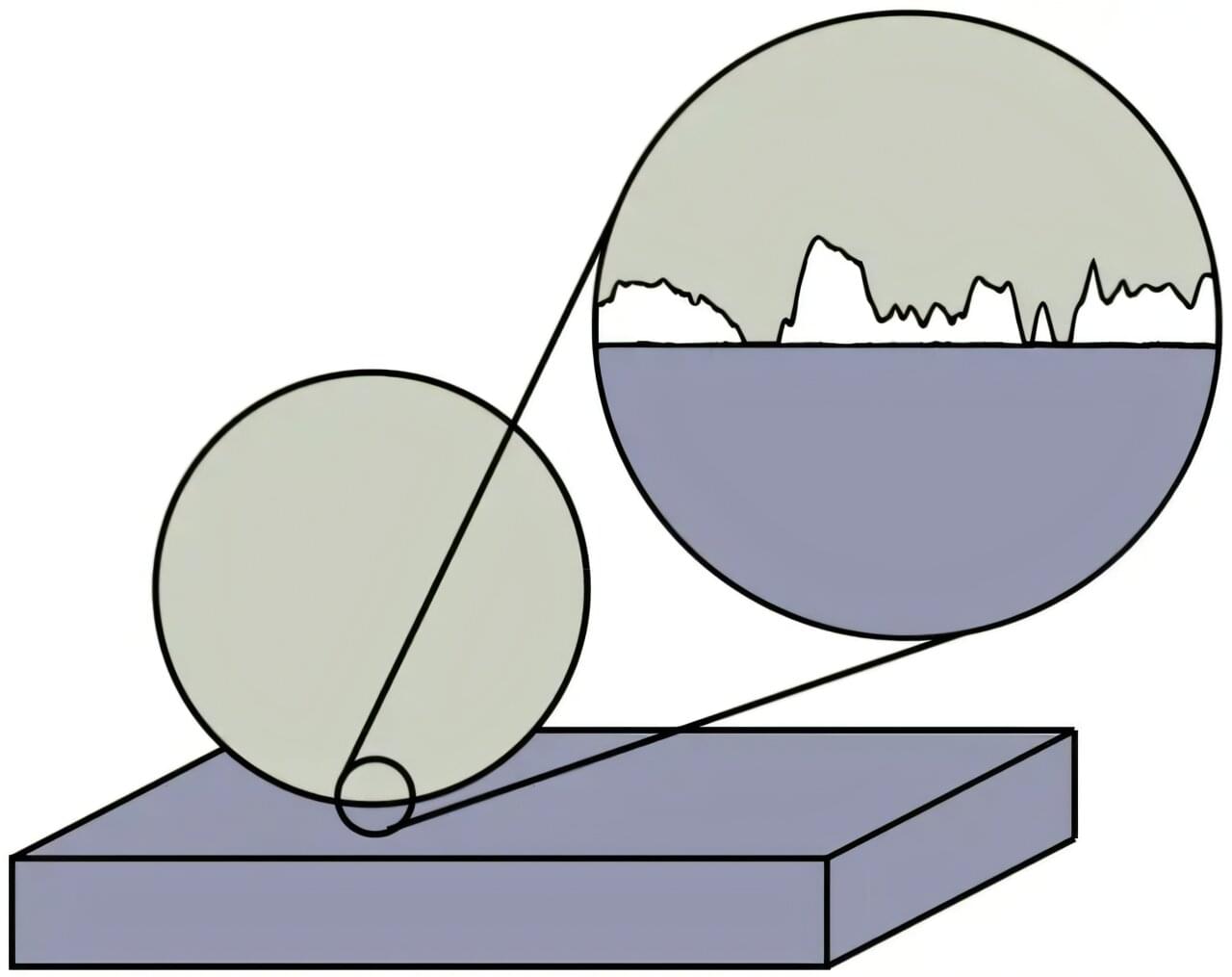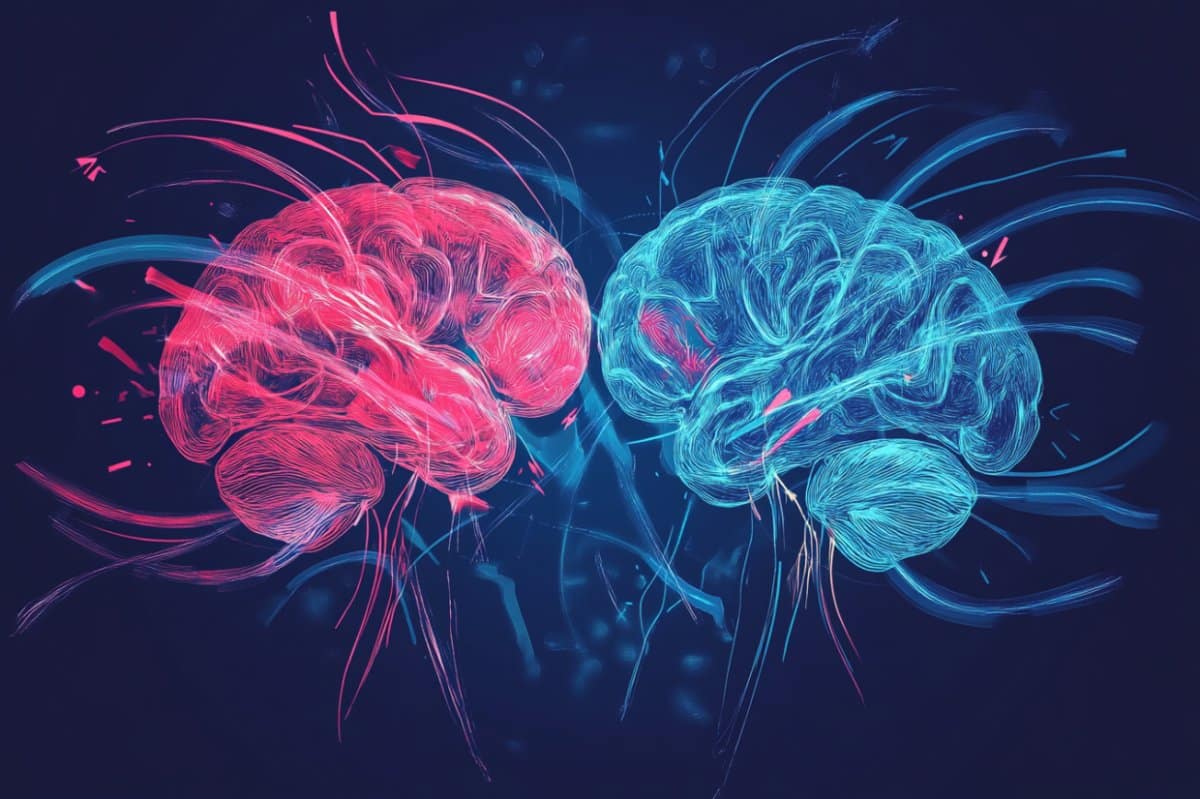Recently, a research team achieved real-time tracking of electronic/magnetic structure evolution in Li-rich Mn-based materials during the initial cycling through the self-developed operando magnetism characterization device.
Their study, published in Advanced Materials, elucidated the critical mechanism underlying the oxygen redox reaction. The research team was led by Prof. Zhao Bangchuan from the Institute of Solid State Physics, the Hefei Institutes of Physical Science of the Chinese Academy of Sciences, in collaboration with Prof. Zhong Guohua from the Shenzhen Institute of Advanced Technology and Prof. Li Qiang from Qingdao University.
With the rise of electric vehicles and the low-altitude economy, the demand for high-energy-density batteries is growing. Li-rich Mn-based materials stand out due to their high capacity, wide voltage range, and cost-effectiveness.







